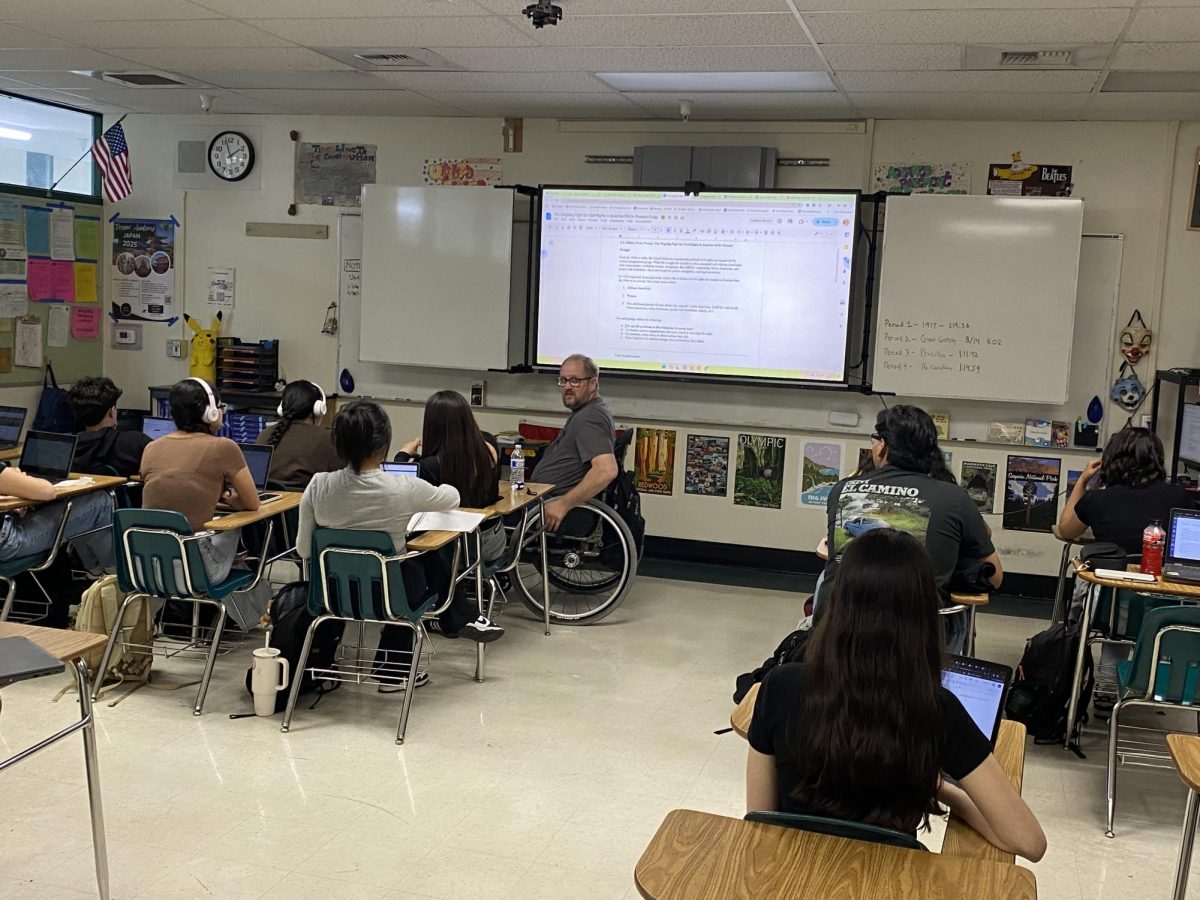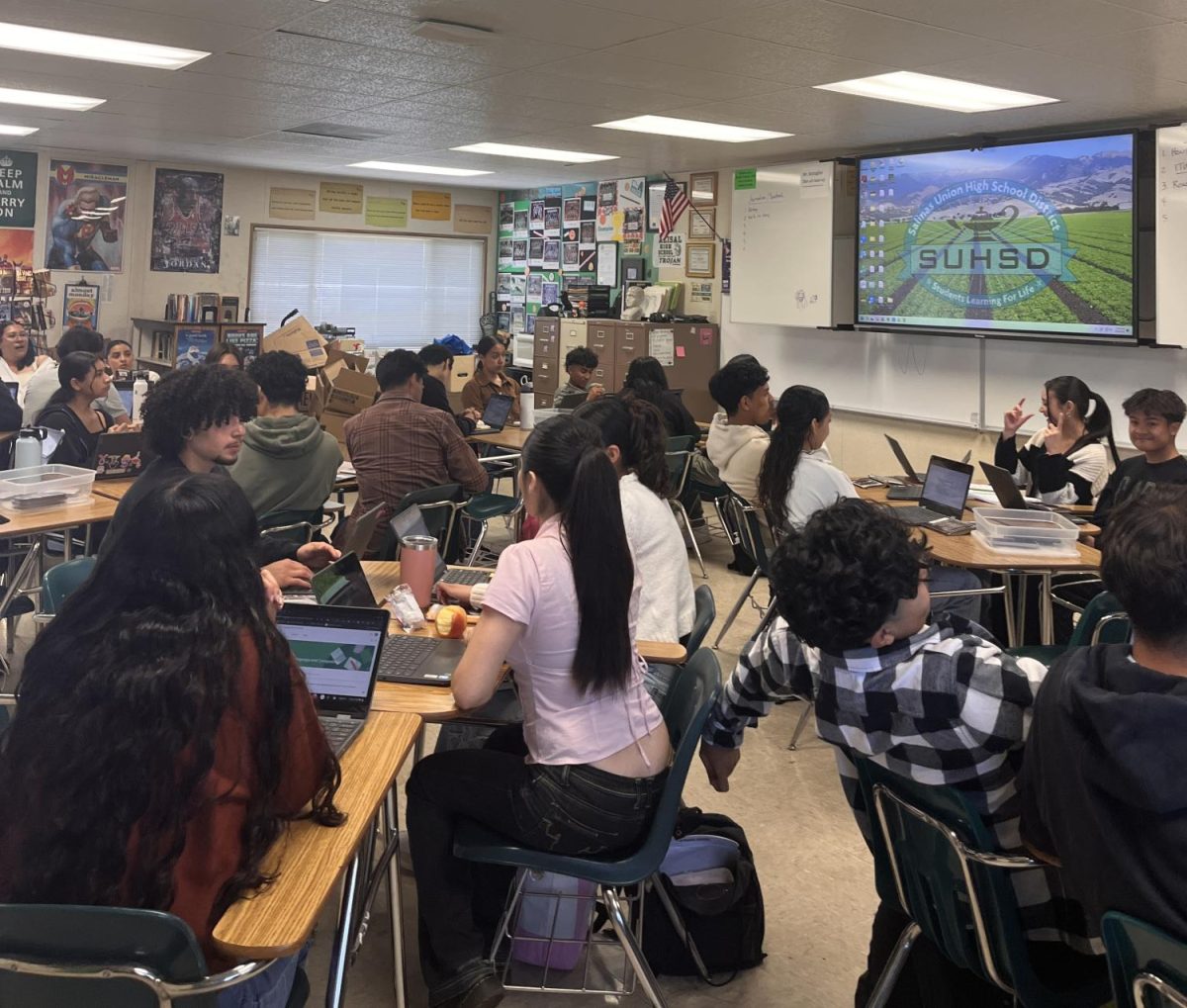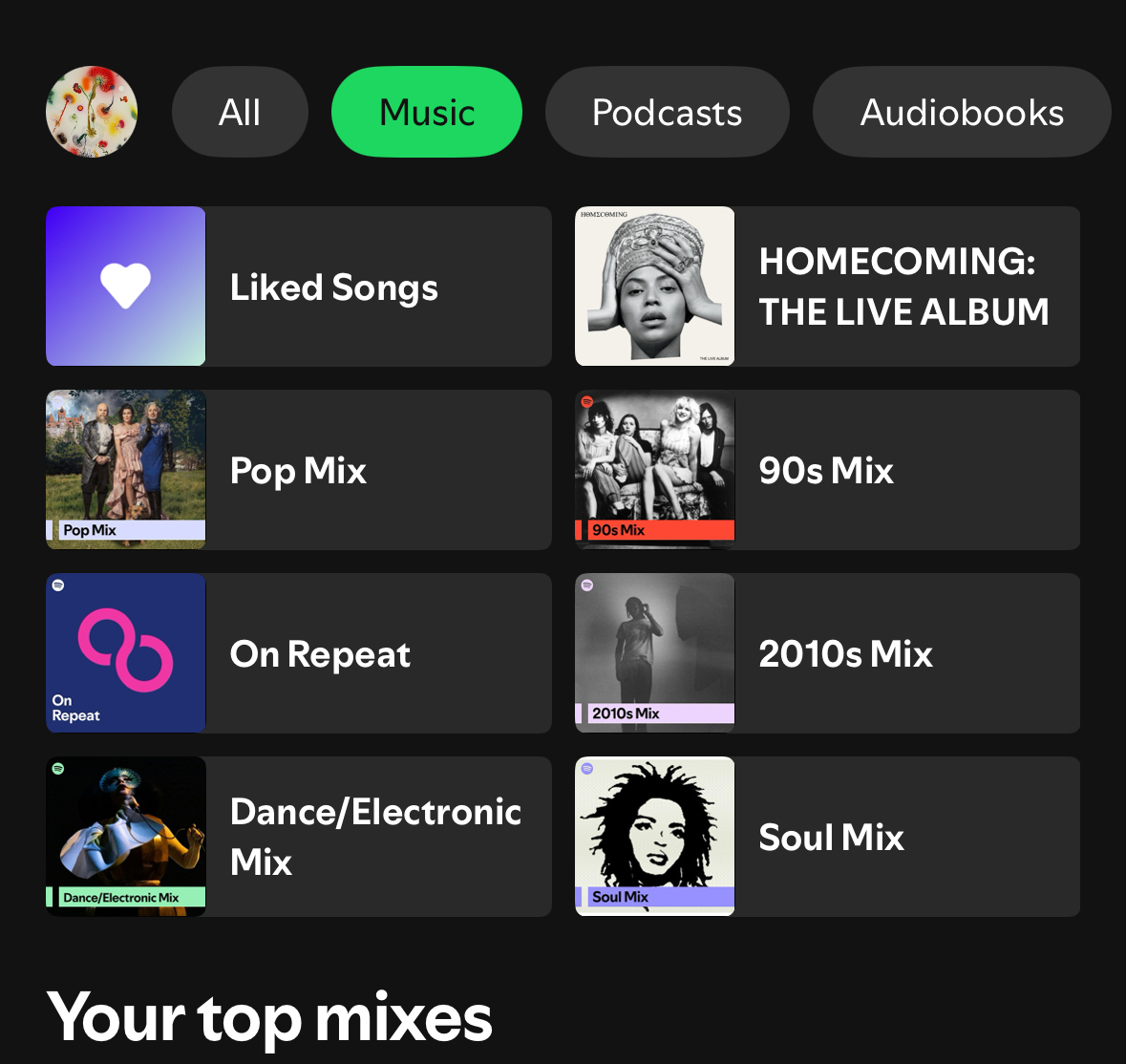The future of the U.S. Department of Education (DoE) is under threat. Since before the presidential election, the far-right conservative group, Make America Great Again (MAGA), planned to eliminate the department through Project 2025, believing that the states should handle education.
President Trump followed the plan and signed an executive order to shut it down in March. However, removing the department’s authority and funding would harm millions of students, undo years of civil rights progress, and worsen inequality.
The DoE was created in 1980 and ensures all students have access to quality education. It helps federal education programs run smoothly and guarantees that students, no matter their race, income, or disability, can get educational opportunities. As a Title 1 student at Alisal, I see firsthand how important federal support is. Alisal depends on funding to provide basic academic services, like updated textbooks, tutoring, after-school programs, and technology access. Many of my classmates come from immigrant or low-income families. Without this federal support, our school simply couldn’t meet the needs of its students.
The DoE supports local schools, provides funding for K-12 and higher education, and ensures that education is fair by enforcing civil rights laws.
The department runs key programs like Pell Grants and federal student loans, Title 1 funding for low-income schools, and IDEA, which helps students with disabilities. It also protects students from discrimination based on race, gender, and disability. Also, many of these protections and programs would be weaker or lost without the Department of Education. Students with disabilities could lose important services provided by IDEA. Low-income schools might get less funding without Title 1 support, increasing the gap between rich and poor districts. Students of color, low-income students, and students with disabilities would face more challenges in getting a fair education, making them more vulnerable to neglect and academic failure.
1 in 3 students currently receive Pell Grants, and many rely on subsidized loans. Without this aid, college dreams would die for thousands of students each year, including students here who have worked hard to be the first in their families to attend college.
Some argue for eliminating the DoE, saying education should be a state and local responsibility. They claim that federal involvement leads to excessive rules and one-size-fits-all policies that don’t meet local needs. For example, rural communities may need more support for transportation and internet access, while urban schools might prioritize programs for English language learners or after-school services. Some states may also require specialized resources for Indigenous students, migrant communities, or regions affected by poverty and natural disasters.
However, critics warn that dismantling the DoE could have serious consequences, especially for underserved communities. Without federal support, protections for marginalized students could disappear, and programs that help disadvantaged students access higher education could be cut. The DoE’s role in promoting civil rights and educational fairness is key to equal opportunities for everyone. Rather than abolishing the DoE, it should be reformed to better meet the diverse needs of communities. This could include giving states more flexibility in how federal funds are used, investing more in internet access and transportation in rural areas, and increasing outreach to minority communities. This would improve the system without removing its protections and funding.
Millions of low-income students, students of color, and students with disabilities depend on federal programs like Title 1 grants and IDEA services. Title 1 grants provide extra funding to schools that need it most, while IDEA services ensure students get special education support. If the DoE is eliminated, these students may face discrimination and neglect because protections under Title VI of the Civil Rights Act could be weakened.
Teachers also rely on federal grants, such as Teacher Quality Partnerships, and programs for professional development. These resources help track progress and close achievement gaps. Removing the DoE would disrupt these systems and leave many schools without the support they need to improve teaching. Parents count on the DoE’s Office for Civil Rights to look into complaints about unfair treatment and ensure schools follow the law. Without the DoE, it would be harder for parents to report discrimination, advocate for their children’s needs, or demand equal access to resources like special education or bilingual services.
While states oversee education, federal funding fills important gaps, especially in under-resourced districts. Without the DoE, many states would struggle to support vulnerable students. Colleges and universities rely on federal student aid programs. Pell Grants and federal loans make higher education possible for many students. Eliminating the DoE would harm this financial aid system. Federal support has helped close achievement gaps. Removing it would worsen differences between wealthy and low-income districts, rural and urban communities, and white students versus students of color.
A less educated workforce hurts the economy over time. Reducing access to education lowers productivity and increases income inequality. Education is also key to global competitiveness. Weakening the national education system could put the U.S. behind countries that invest heavily in public education.
The U.S. Department of Education is important for ensuring fairness, access, and quality in our schools. While President Trump’s executive order does not have the power to abolish the department on its own, since only Congress can do that, it sets the stage for serious threats to federal education programs and civil rights protections.
This is not just a political issue but a human one that affects millions of students, families, and educators. Citizens should use their resources effectively and contact representatives, supporting organizations defending public education, staying informed, and voting for leaders who believe in protecting and strengthening, not dismantling, the education system.


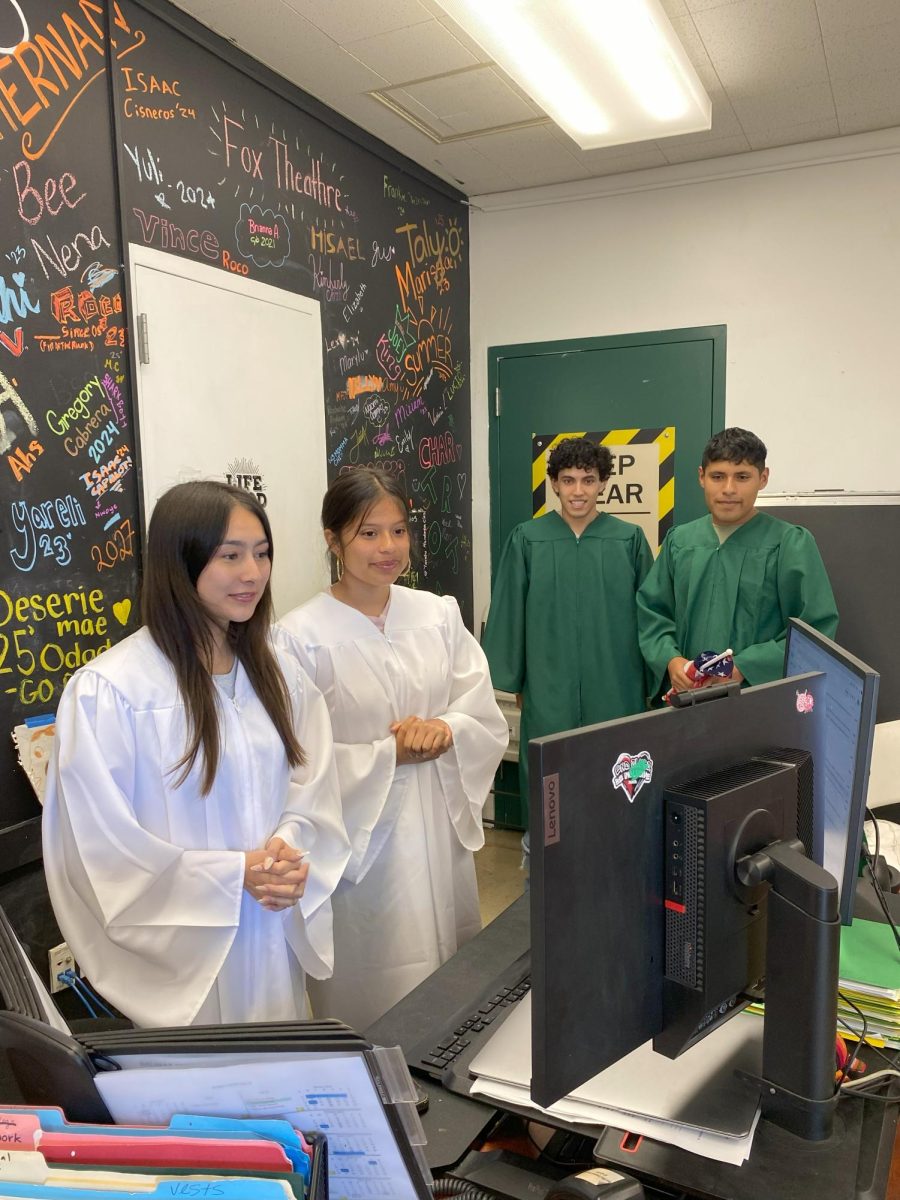

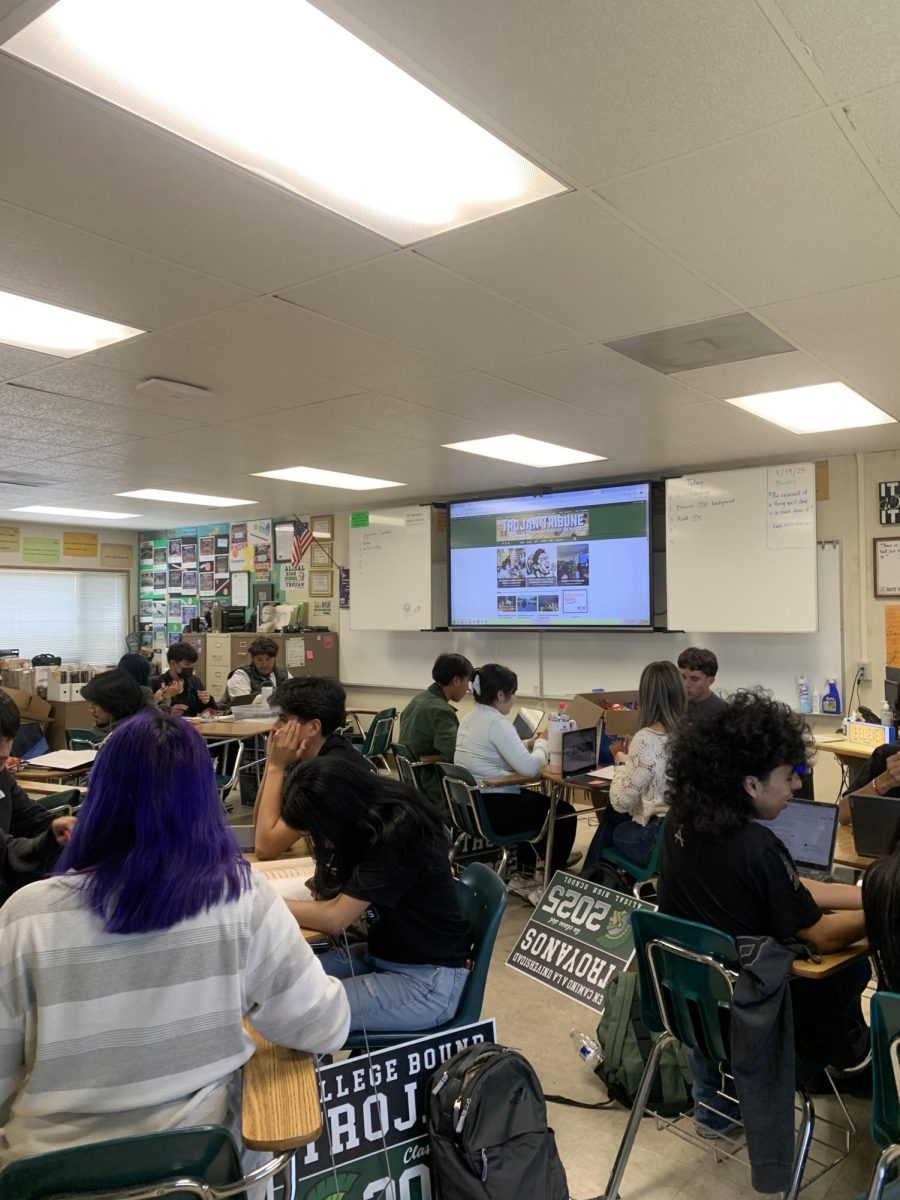

![Senior Jayden Duarte dives across the goal line for one of his five touchdowns in a dominant 62-40 victory over Monterey. It has been a highly successful season for Duarte, and he credits his coaches for putting him in positions to succeed and make key plays. “The goal is to help wherever the coaches need me, receiver, running back, [and] DB,” he said.](https://alisaltrojantribune.com/wp-content/uploads/2025/10/IMG_3599-2-1200x800.jpg)











